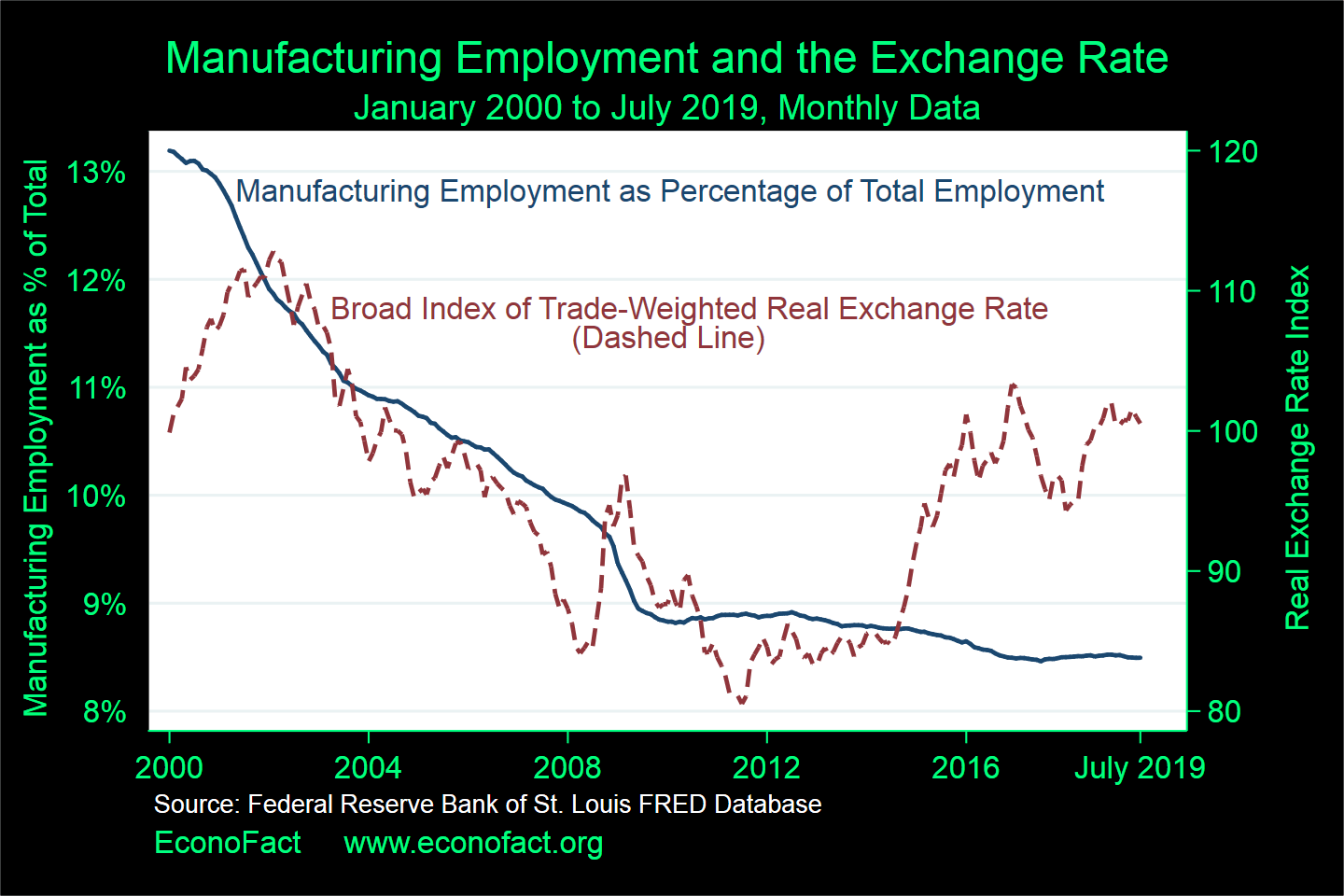The FRS is the Federal Reserve System of the United States of America (Federal Reserve System) acts as the central bank in the United States.
One of the main functions of the Fed is monetary policy, and one of the instruments of this policy is the interest rate.
The FRS interest rate is the amount of interest at which commercial banks are lending; on its basis, interest on loans is formed.
The value of the interest rate can be measured not only in the usual percentages, but also in points, for example, an increase of 25 points corresponds to an increase of 0.25%. The value is not fixed and can be increased or decreased at any time.
In fact, the interest rate is the main tool for regulating the US economy, when it decreases, money becomes more accessible, interest on loans falls, and this stimulates the demand for goods and the production of these goods.
But there is also a downside to lowering interest rates.
When there is a lot of available money, then the prices of goods begin to rise, there is an increase in the level of inflation. Money depreciates and the exchange rate of the national currency begins to fall against stronger monetary units:
In this case, in order to strengthen the currency, in our case it is the US dollar, a decision is made to raise the interest rate, as a result, loans become more expensive, and there is less money. Such a step does not have a very favorable effect on the economy, but it allows to reduce inflation and strengthen the exchange rate of the national currency.
The impact of the Fed rate on the dollar
From the above, it is easy to conclude that an increase in the interest rate by the Federal Reserve leads to the strengthening of the US currency.
Exchanges are actively reacting to such news, and the US dollar is growing against freely convertible currencies .
If the government wants to stimulate the economy and the discount rate starts to decrease, this also causes the US dollar to fall.
At the same time, it should be noted that the market reaction begins long before the publication of the Fed’s decision, the market reacts depending on the forecasts of analysts who are trying to predict what decision will be made.
Memorable milestones of Fed rate hikes
Dot-com bubble (2000): This was the first milestone leading to an economic recession in the US that lasted from 2000 to 2002, during which former Fed Chairman Alan Greenspan continually cut interest rates. Moreover, the first decline was indeed a record one from 6.5% to about 1.25%. %.
The Great Recession 2007-2009 Real estate crash: Just six years after the previous crisis, the real estate crisis hit. This time, the Fed cut interest rates from 5.25% to 0%.
Covid-19 Pandemic: The Fed has again cut interest rates to 0% to minimize the economic damage from the Covid-19 crisis. This level lasted for quite some time, until a sharp increase began again in 2022, which continued to 4.75% in 2023.


